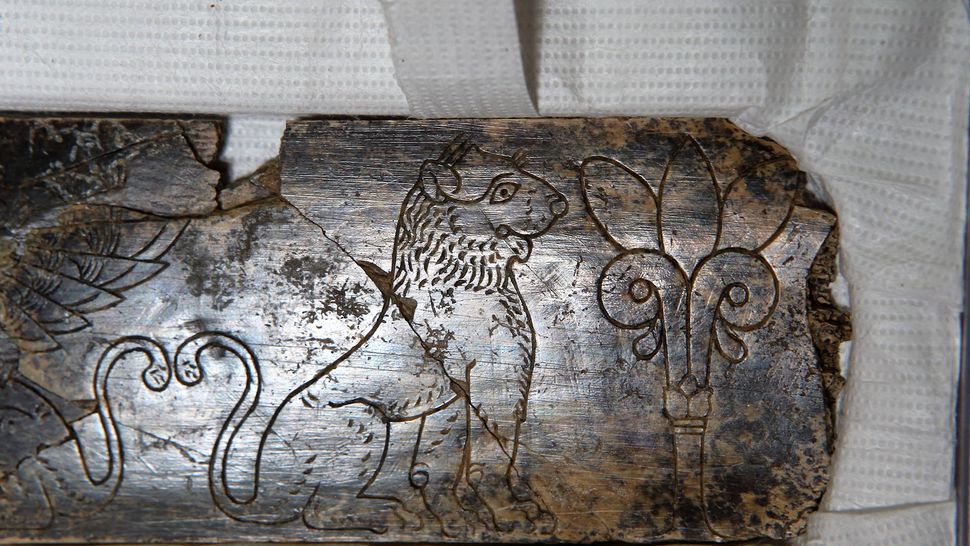Archaeologists in Turkey have found an exquisite 2,800-year-old ivory in a site that may once have been a “center of power” in the Iron Age.
The ivory carving depicts the mythical sphinx (a human head on the body of a winged lion), as well as a real lion and two tall plants that may represent the legendary “tree of life”. Although the artwork dates back to the Iron Age, it was found in an archaeological layer above a much older city, the abandoned Bronze Age Hittite capital of Hattus.
According to archaeologist Andreas Schachner from the German Archaeological Institute, who has been leading excavations in Hattus since 2006, the work shows that the Iron Age settlement in the region was an important area, even though it was founded after the Hittites abandoned the city. 1200 BC. During the period known as the collapse of the Late Bronze Age.
“You can say that this is no longer a small town, but a more important place, perhaps a center of power,” Schachner told Anadolu Agency.
The work is about 30 centimeters long and 10 centimeters wide, and Schachner said it may have been a piece of furniture.
“It was probably added as decoration to a wooden box or to wooden furniture of that time,” he told the agency. “The work is divided into right and left sides, with the upper and lower parts in our original form. So you can guess that it is longer.”
Iron Age Settlement

Schachner explained that the object was unique among finds from the Iron Age settlement built at the abandoned site of Hattus, located near the Turkish village of Boğazköy (also spelled Boğazkale) about 90 miles (145 kilometers) east of what is now Ankara.
“This is the first time we have come across a work decorated with such an intense, beautifully rendered scene,” he said. “Large-scale excavations have been carried out in the Iron Age layers in Boğazkea, but we have never come across such a detailed work before.”
He added that the symbols engraved on the piece could reveal the connection between the settlement and other modern cultures. Schachner said that after the scientific research on ivory carving is completed, the work will be exhibited at Boğazköy Museum.
Source: Port Altele
